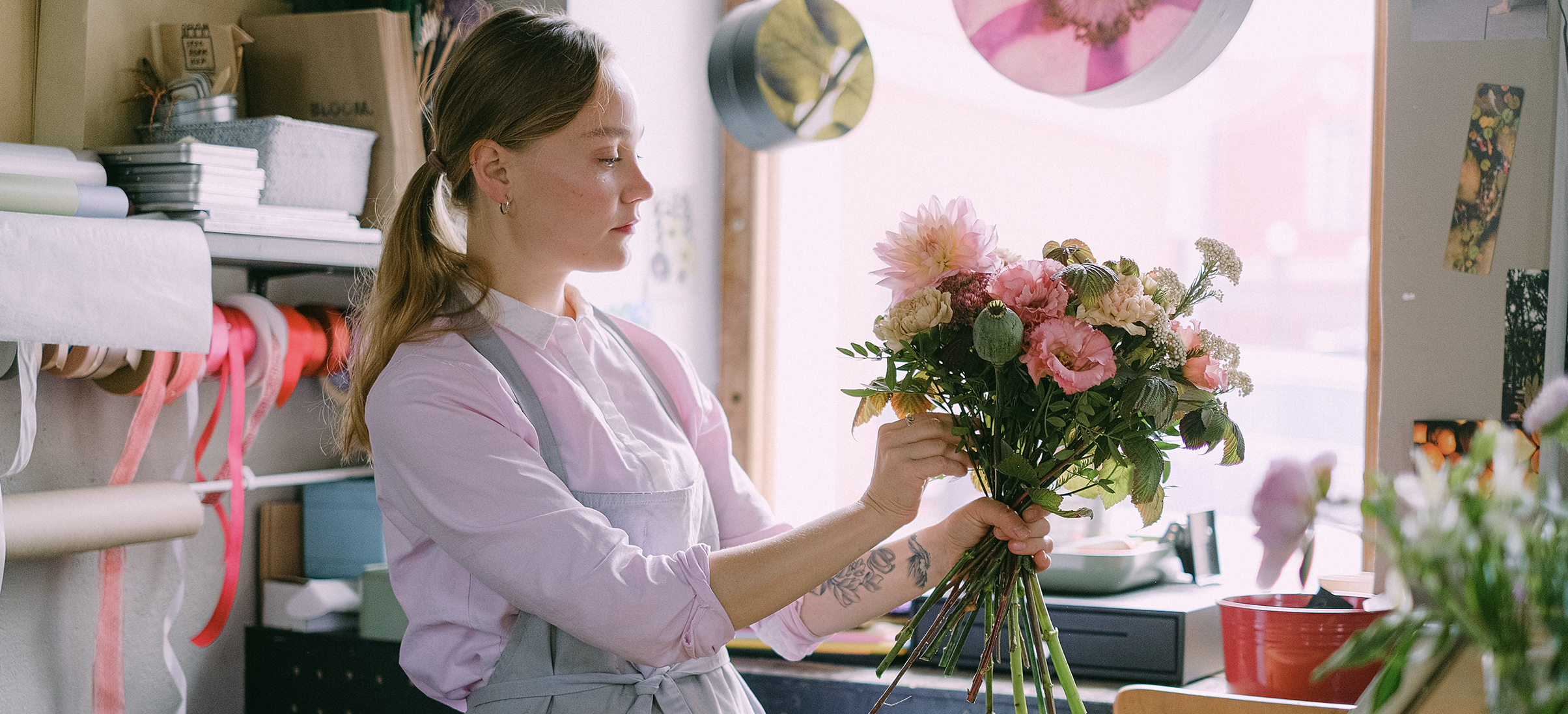
How to price your goods
Pricing your goods can seem tricky! Don’t worry, we’ve got you covered. Here’s a step-by-step guide on how to price your products for the first time.
Research the market
Market research is a must for any business. When it comes to pricing your goods you should research what a standard price is for your product in your market. This gives you a good place to start so you can see if your final figure is realistic.
Whether you’re offering luxury goods or a low cost solution, check out your competitors to make sure you’re not well out of the average price range.
How much do your goods cost to produce?
Your product may cost more than you think to produce. Instead of just considering production costs of making or buying the product itself, also add up the cost of packaging, shipping, and any advertising or marketing. You can also work out how much your time costs and add this in too.
Your total cost of producing your goods will give you a more accurate view of how to price your product, and how many you need to sell to break even on your expenditure.
Work out your fixed costs
Your price will also need to cover other ‘fixed costs’ of running your business, like paying rent, bills or employees.
Take these fixed costs into consideration when setting your pricing. How many products would you need to sell to keep your business running? Is it realistic compared to your projected sales?
What’s your profit margin?
Profit is important because it’s what keeps your business thriving. Your profit margin is what’s left over after your production costs are deducted from the income of selling a product.
As well as covering your fixed costs, you should also have some money left over in your profit margin to reinvest in your business.
How to work out your pricing
Now you have all the figures you need, you can work out your pricing! There are several different ways of doing this based on your product or market, but the most common is cost-plus pricing.
Cost-plus pricing takes a percentage of your production costs and adds this on top of the amount you need to sell to break even. The percentage you choose makes your profit margin.
Based on your market research, production costs and fixed costs, you can work out what a reasonable percentage is to come to a final price.
Remember that you can always adjust your prices later if they aren’t working for you once you start selling!
Don’t forget about VAT
When you set the price for your product you don’t include VAT. But, if you’re VAT registered, you add the VAT rate that applies to your goods when you sell them. So, your customer will pay the price of your goods plus VAT. It’s worth keeping in mind what the final cost to your customers will be.
Here are the VAT rates you need to know:
| Rate | Tax rate |
|---|---|
| Standard (most goods and services) | 20% |
| Reduced (some goods and services, such as home energy) | 5% |
| Zero (such as most food and drink) | 0% |
You then pay the VAT from your customers to HMRC as part of your VAT Return. If your business has an annual turnover of over £85,000 you will need to register for VAT and submit returns using Making Tax Digital. If your turnover is under this amount, you can voluntarily register for VAT if you want to.
Manage your finances with accounting software
With Bokio accounting software, you can do your bookkeeping, invoicing, and manage your finances in the same place. We have everything you need to help you prepare for your Self Assessment tax return, submit your VAT Return for Making Tax Digital and keep the right financial records. If you need an extra hand, we can help you find an accountant to work with.
Accounting is kept simple with Bokio, so you have more time to spend running your business.

